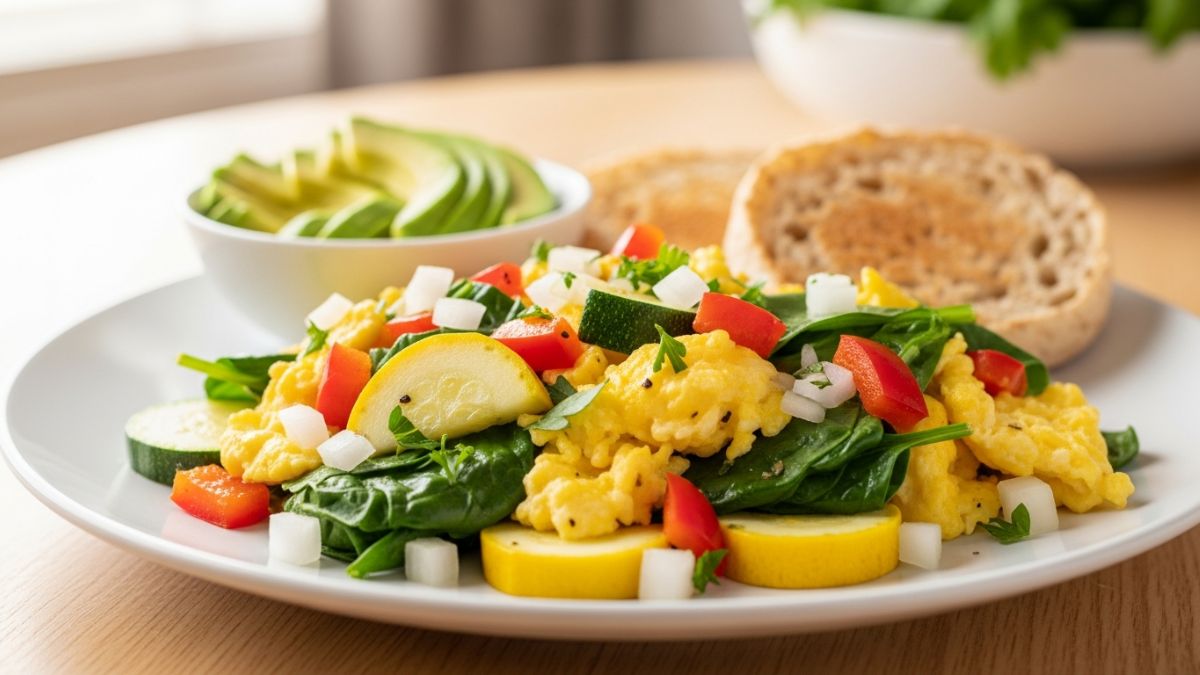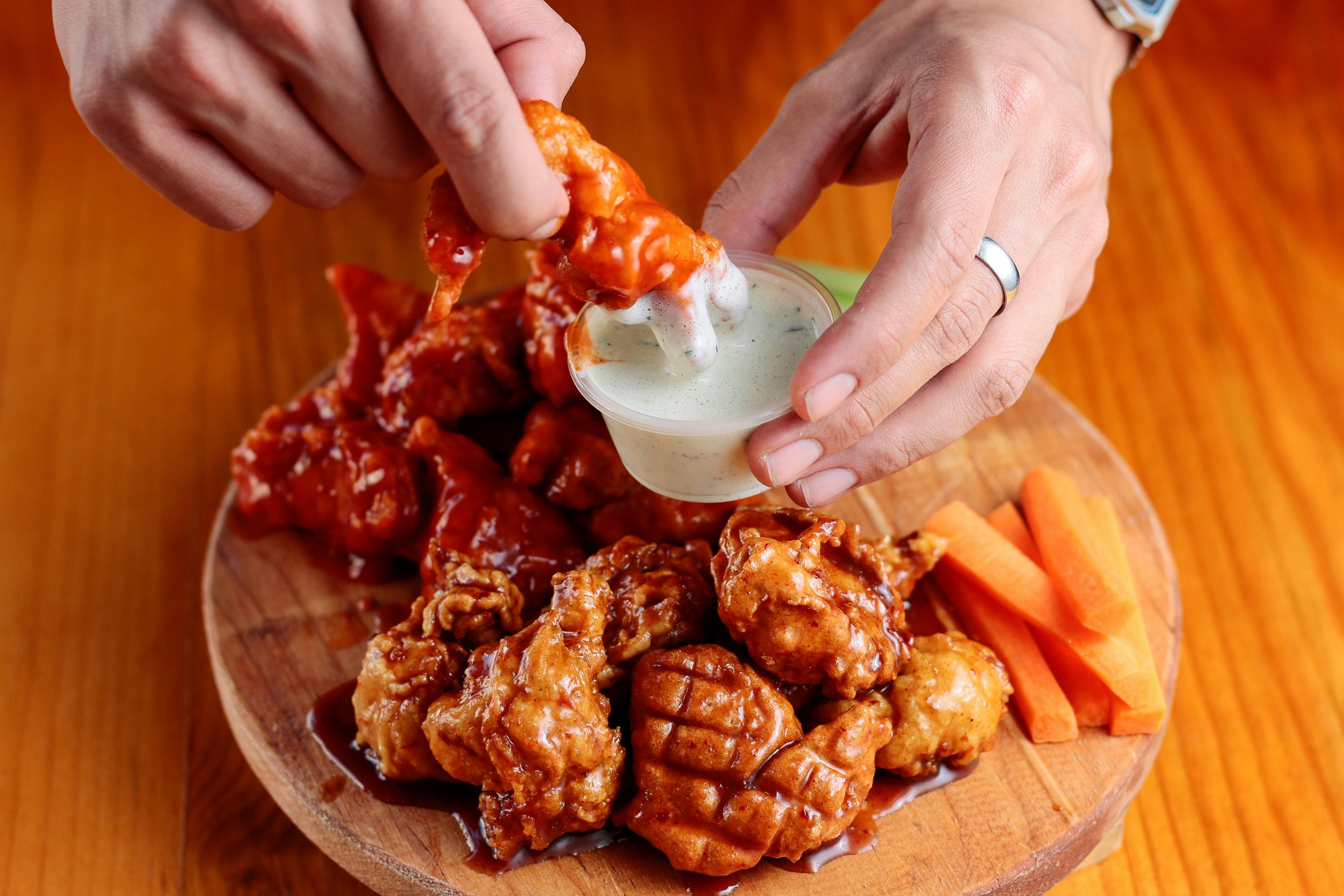When it comes to Bengali sweets, chances are your mind jumps straight to the legendary rosogolla or a chilled pot of mishti doi. No doubt, these two deserve all the love, but there is so much more to Bengali mithai than just the usual favourites. One dessert that definitely deserves its own fan base is Pantua. Ask any Bengali, and they will say it straight - rosogolla and pantua are like sweet siblings. At first glance, pantua could confuse anyone unfamiliar with it. Round, deep-fried to a golden brown, and soaked in syrup, it looks almost exactly like gulab jamun. But anyone who has tasted both will tell you - they are absolutely not the same.
Pantua and gulab jamun might look like sweet cousins from different families - one from Bengal and the other rooted in North Indian (Mughal) traditions. In this piece, we are diving into the rich story of pantua and why it often ends up being mistaken for its North Indian lookalike, gulab jamun.
Also Read: Mishti Doi: How To Make This Popular Bengali Dessert At Home
Pantua Vs. Gulab Jamun: Same Sweet Vibe, Totally Different Identity
At first bite, pantua and gulab jamun might feel similar, but take a closer look and you will spot a few key differences that give each sweet its own place in Indian dessert culture.
- Ingredients make all the difference:
Gulab jamun is usually made with khoya and has a hint of rose (gulab) for fragrance. Pantua, on the other hand, is made with chhana (chhena) or curdled milk and has a punch of elaichi that sets it apart.
- Sugar syrup talk:
Yes, both sweets take a deep dive in sugar syrup. But if you look closely, gulab jamun syrup is thicker and more clingy compared to the lighter syrup used for pantua.
- Texture check:
Since gulab jamun uses khoya and pantua uses chhena, the final bite feels different. Pantua is softer with a light graininess, while gulab jamun is richer and creamier inside.
Also Read: 5 Signs Of A True Gulab Jamun Lover

Pantua vs Gulab Jamun
A Look Into The Story Behind Pantua
Just like rosogolla, pantua is a proud outcome of Bengal's chhena innovation. Back in the 16th century, the Portuguese arrived in Bengal and introduced the idea of curdling milk with lemon or other acidic ingredients. The resulting chhena opened up endless ideas for Bengali sweet-makers (known as moyras).
Food historian K.T. Achaya points out that curdled milk brought a wave of creativity in Bengal's dessert scene, leading to iconic chhana sweets like rosogolla, sandesh, and later, pantua.
Michael Krondl, in his book Sweet Invention: A History of Dessert, mentions a sweet similar to pantua, but made with rice flour, in the 12th-century Sanskrit text Manasollasa, by Chalukya king Someshvara III.
Food blogger and cultural chronicler Indrajit Lahiri also notes that the origin of the name Pantua is still a bit hazy. Some say it comes from Panitua, while others link it to Panitoba, with 'toba' meaning 'down'. He adds that the name might come from how the sweet sinks in the light syrup.
Pantua In Bengali Homes And Celebrations
For Bengalis, pantua feels like home. Step into any Bengali house or sweet shop, and you will spot plump, syrupy pantua on full display. It is there at weddings, festivals, puja bhogs, and even when relatives casually drop by. Pantua has its own army of fans. But unlike gulab jamun, it never quite became the nationwide go-to. Instead, Pantua proudly stays local, with strong roots and an emotional pull for every Bengali.
Also Read: How To Make Rasgulla At Home Just Like Your Local Sweet Shop (Recipe Inside)
The Iconic Ledikeni - Pantua's Popular Cousin
One of the most iconic versions of pantua is the ledikeni - a long-shaped sweet with a backstory. Legend says it was made as a tribute to Lady Charlotte Canning, the wife of India's then Governor-General. Over time, the name evolved into ledikeni - a mix of 'Lady' and 'Canning' with a Bengali twist.
Pantua and gulab jamun may share a few sweet similarities, but their journeys, ingredients, and cultural identity are very different. What brings them together is a shared history of change, food innovation and regional traditions. So, the next time you spot a Bengali mithai shop, do not just stop at rosogulla, try pantua and see what makes it so special.
About Somdatta SahaExplorer- this is what Somdatta likes to call herself. Be it in terms of food, people or places, all she craves for is to know the unknown. A simple aglio olio pasta or daal-chawal and a good movie can make her day.








